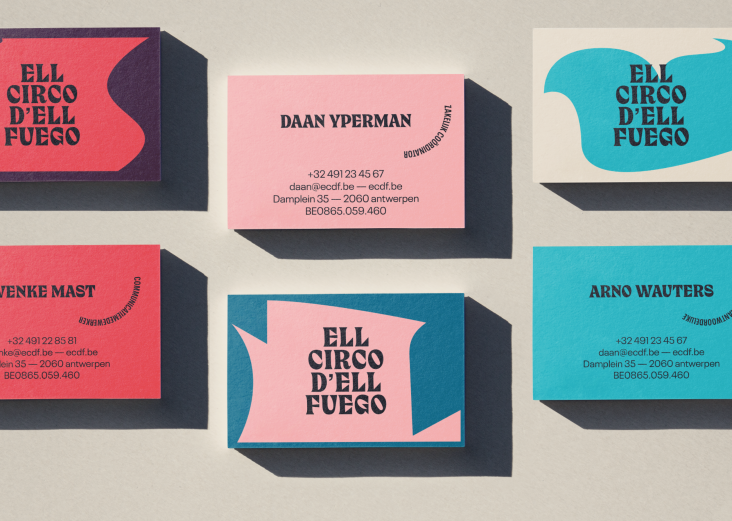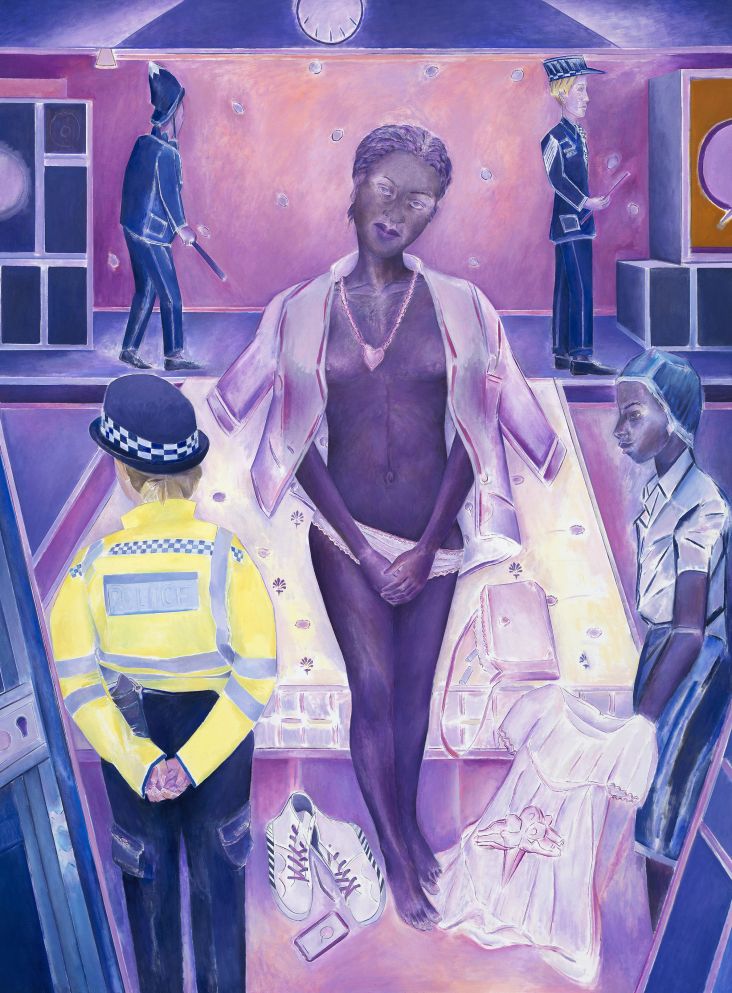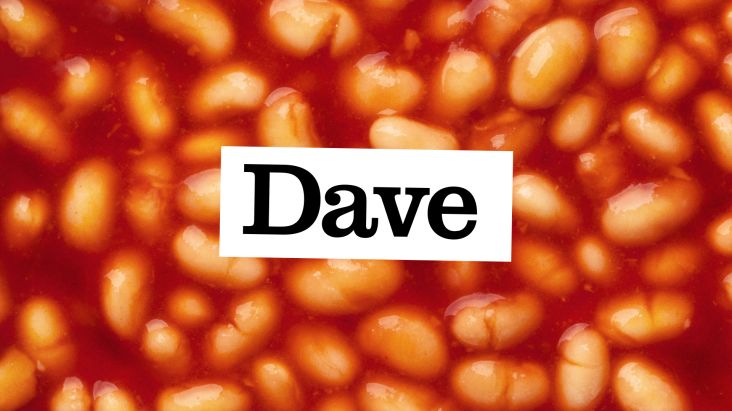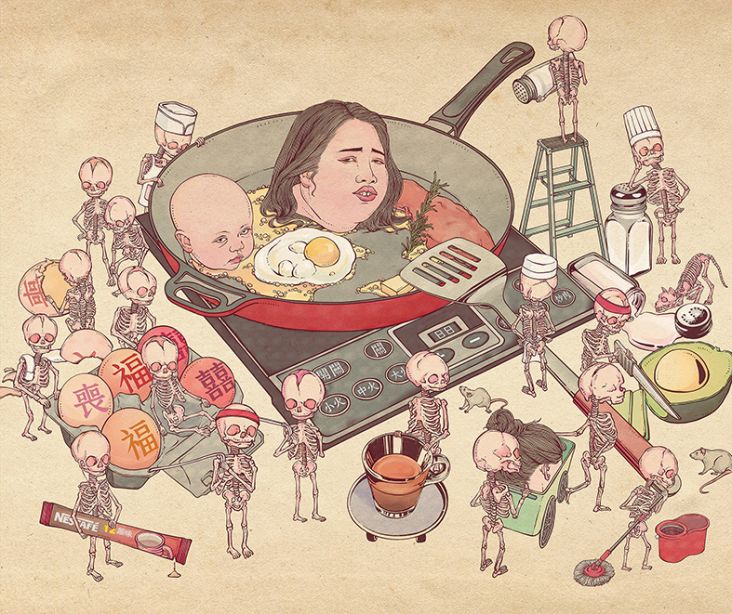Scott Covert's gravestone artworks function like printing plates
Over a 40-year career, Scott Covert has made art from the gravestones of Hollywood royalty, musicians and murderers. His long-running series of Monument paintings features rubbings of gravestones in chalk, oil sticks, and charcoal on canvas and paper.
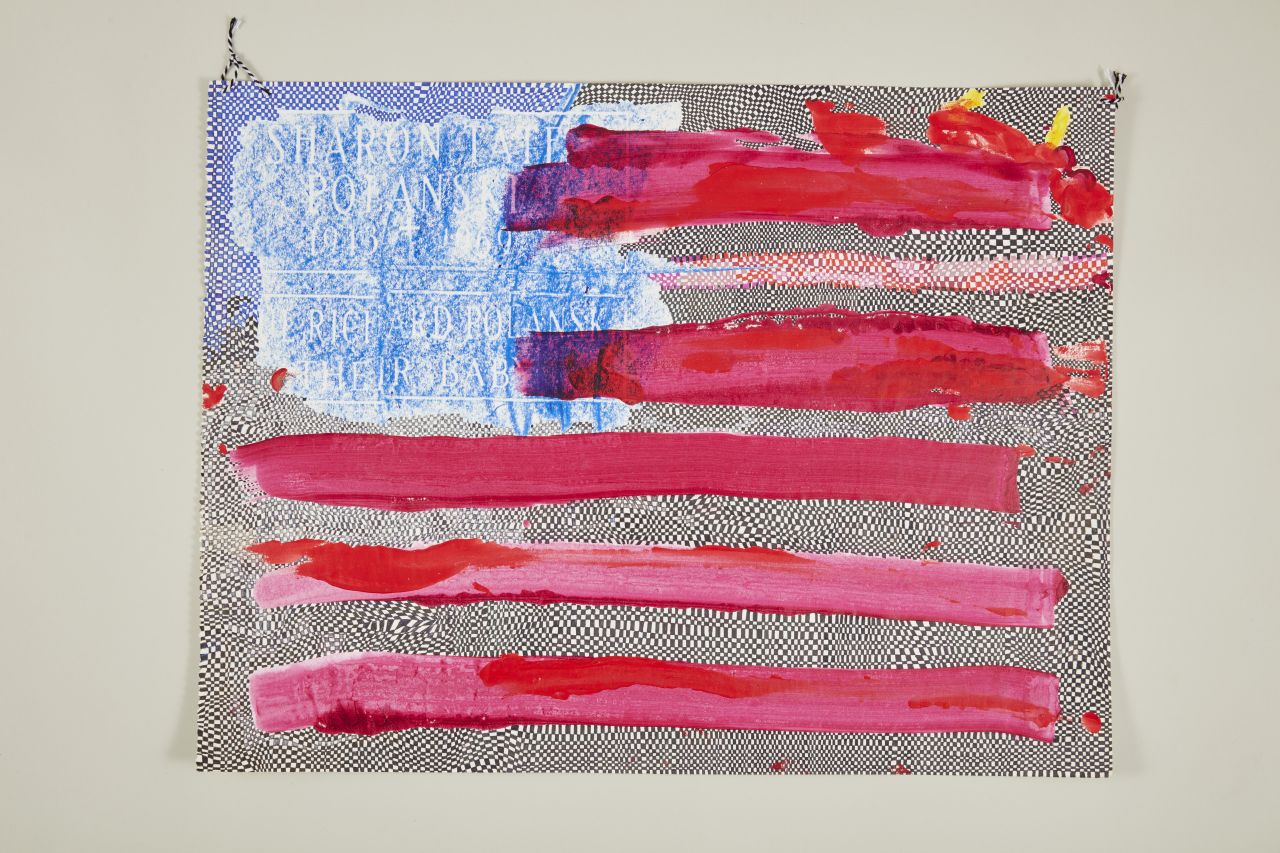
Scott Covert, Lifetime Drawing, Sharon Tate and Richard Polanski, undated Courtesy of the artist
The artworks are scored with text – names, birth and death dates, along with scribbles and splashes of colour. A celebrity name, such as comedians Lenny Bruce or Jack Benny, might pop out.
Launched this month is 70-year-old Covert's first solo presentation in the UK. His artworks are highly colourful gravestones, which he says "function like printing plates", drawing upon his influences in 20th-century abstraction, Pop Art, and celebrity deaths.
Covert has always been fascinated by death; growing up, he wanted to be a mortician. He had his first experience of death by seeing his grandfather in an open casket at eight years of age. "It scared me – but my mother was very good about what death was – and took advantage of this time – to teach me about it."
It wasn't an easy childhood in Edison, New Jersey. "It was a nightmare to grow up gay there. I was tortured." But New York City wasn't far away, and Covert escaped to the Big Apple at 15 "with a couple of other misfits" and discovered a place much more accepting of the LGBT+ community.
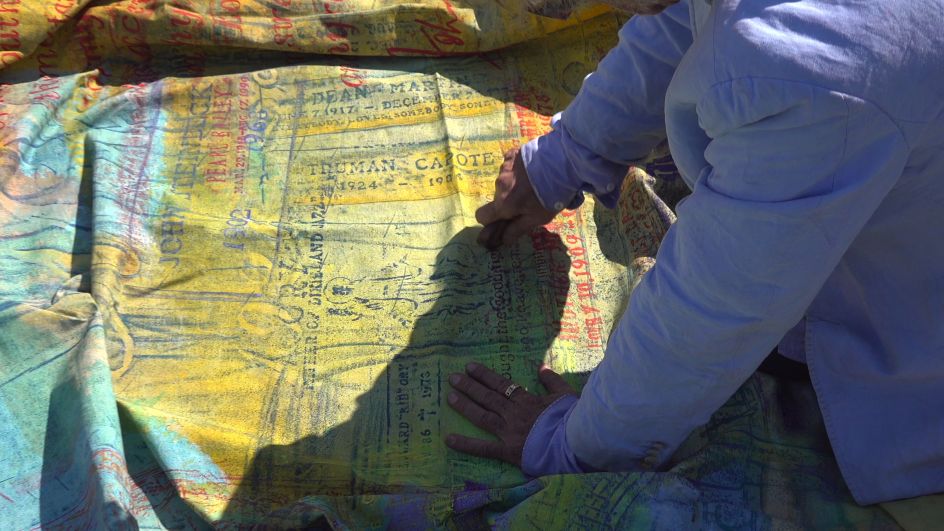
Scott Covert, Up Until Now (still), c.1990–2022
He ended up dancing every night for the next 25 years and studying art at Indiana University, learning how to stretch canvases and start painting.
Covert became a fixture of the East Village art scene in the 1970s and 1980s, co-founding Playhouse 57 with drag performer Andy Rees at Club 57 – the underground hangout of Keith Haring, Jean-Michel Basquiat and Ann Magnuson.
Covert spent some years working as an actor and drag queen. "I was gorgeous!" Covert says jokingly. He was more of a character with a little smattering of influence from Bette Davis. However, Covert's love affair with the theatre came to an end. "I hated it, and I never wanted to act again. I had a hard time memorising lines. I like being alone – you can't get into trouble."
With the AIDS crisis in New York, Covert lost many friends to the disease. But he decided to turn this terrible time into an artistic endeavour and started to do rubbings of famous gravestones.
The artist was introduced to the art of etchings early. At around the age of 11, Covert was taken by his school to make grave rubbings as a class exercise. But it was only many years later that this would become the raison d'etre in his life.
The life of an artist can be very isolating, so enjoying your own company is all-important. It was in 1985 that Covert decided to do a rubbing of the gravestone of Florence Ballard, who was a founding member of the Supremes. She had a tragic life, dying at just 32 from coronary thrombosis.
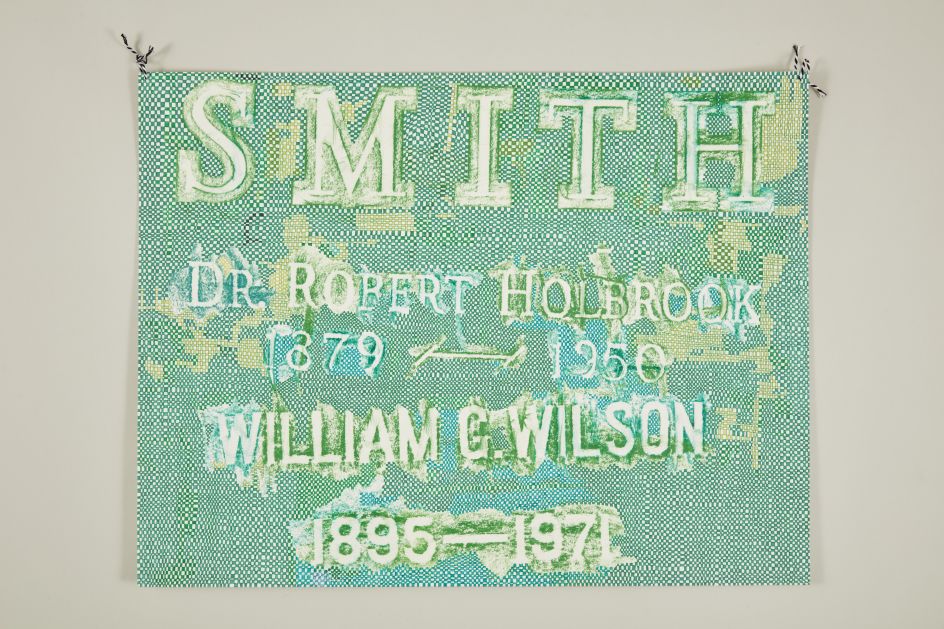
Scott Covert, Lifetime Drawing, Dr. Bob and Bill W., Green undated Courtesy of the artist
From that first gravestone rubbing in Detroit Memorial Park Cemetery, Covert never looked back. "The second colour made it pop, and when I looked at it, I heard that little bell that Gertrude Stein writes about. I've been doing it ever since. This is what you've got to do."
Covert has spent most of his life on the road; he says he doesn't live anywhere except with friends. Looking for gravestones is his obsession. Before the advent of the internet, finding where someone was buried was difficult, so Covert would call funeral homes. For graves where the people had died a long time ago, the artist would spend time researching the library.
With encouragement from his friends, Covert went on to his next rubbing, the blues singer Billie Holiday, which is in Saint Raymond's Cemetery in the Bronx, New York. The artist added Holliday's etching to his first one of Florence Ballard's. To this was added a rubbing of Houdini's grave in a Jewish cemetery near Cypress Hills in Queens.
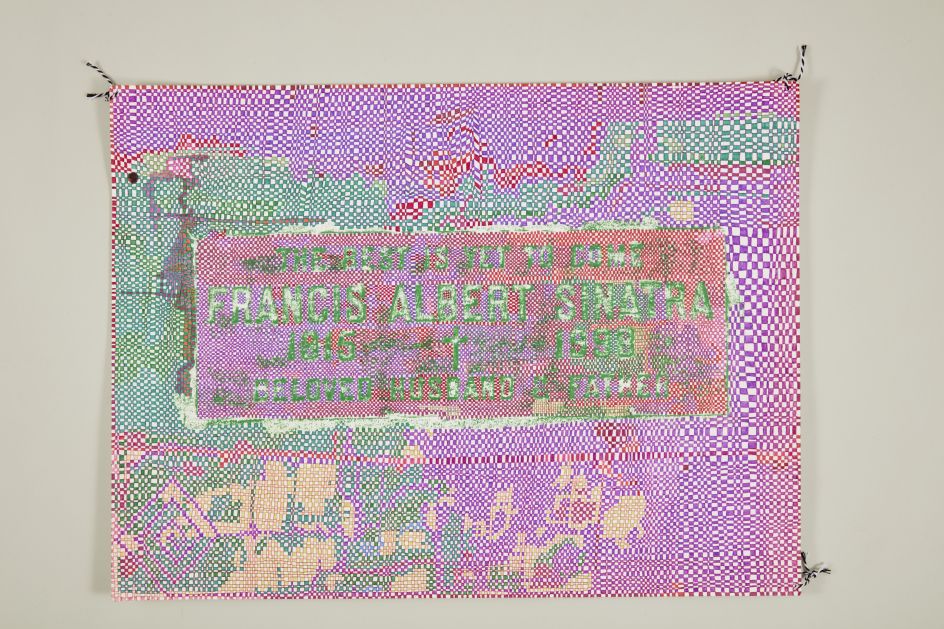
Scott Covert, Lifetime Drawing, Frank Sinatra in many colours, undated Courtesy of the artist
During the 1980s, Covert moved into the famous Chelsea Hotel, where many literary artists stayed, including Dylan Thomas, Jack Kerouac and Quentin Crisp. It was here that Covert says he had his first studio, using the hotel to store his canvases. However, he still keeps canvases in his car, some dating back to 1996.
The gravestone functions like the plate of a printing press, says Covert. "I never make rubbings to use as a template. Every name on every work is a direct rubbing from a stone. The pieces are about being there and making the visit. Each mark of colour on the canvas represents a lifetime."
It was in LA, with cemeteries full of movie stars, that Covert developed his process. He usually works on 12 to 14 artworks concurrently, and the groupings have become more involved.
There are themes centring around the beautiful and doomed, such as Tragic Blondes, "It's so Hollywood," he says. The groupings include Marilyn Monroe, Candy Darling, Edie Sedgwick and Nancy Spungen.
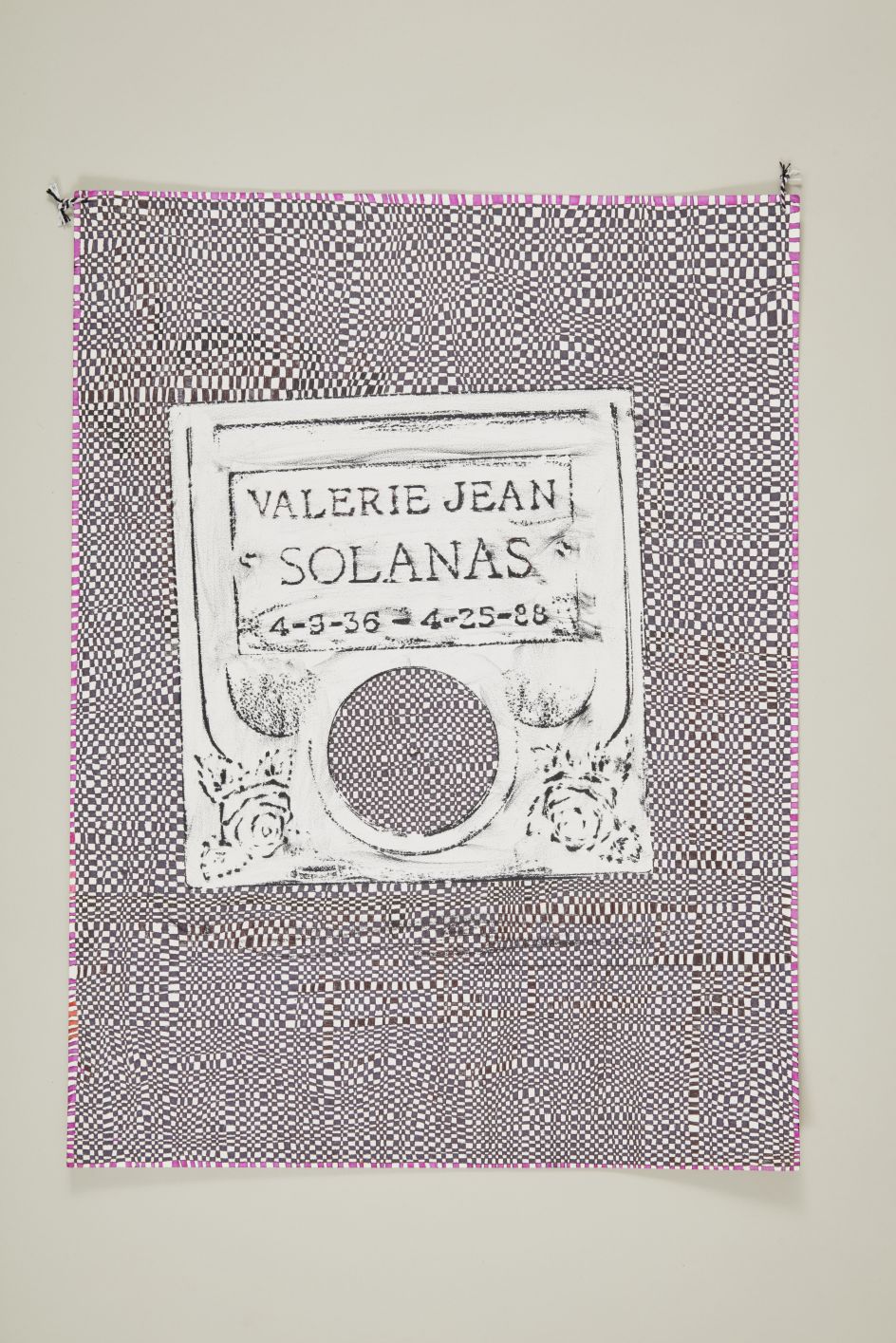
Scott Covert, Lifetime Drawing, Valerie Jean Solanas (who shot Andy Warhol), Pink, 2021 Courtesy of the artist
Other groupings include cast members of The Wizard of Oz or great American composers. No grave is too far or too remote for Covert to travel to – he sees the journey there as part of the artistic process. Richard Burton's grave is in the tiny village of Celigny, near Lake Geneva, Switzerland, while the most remote grave Covert travelled to was for the Shah of Iran in Cairo.
Covert says he doesn't keep written lists of the gravestones he wants but keeps it all in his head. He has an internal map, once he is on the road, of an itinerary that leads to a list of graves. He sounds like a very focused collector when talking about his next project. He is focused on doing Europe next and is keen to visit Derek Jarman's grave in Old Romney Church, Kent.
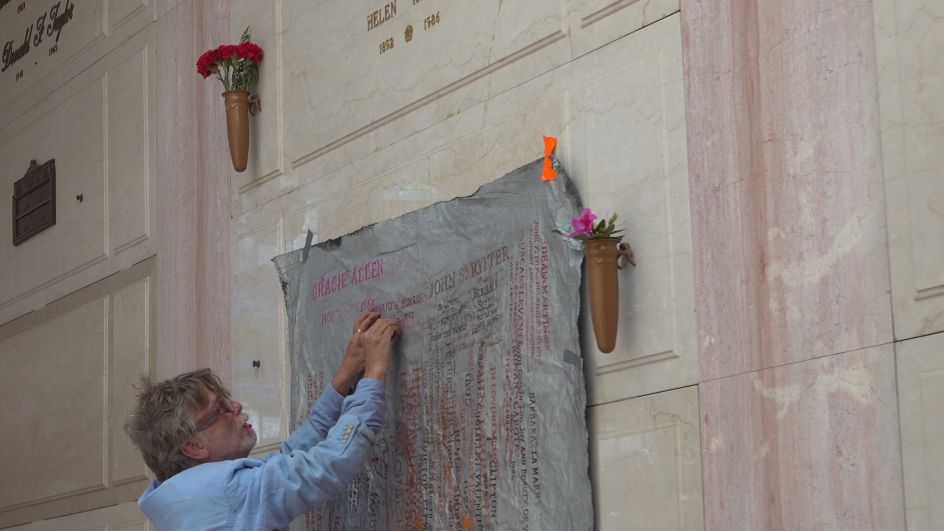
Scott Covert, Up Until Now (still), c.1990–2022
Fortunately, Covert enjoys driving. "I can drive 14 hours straight," he says. He has clocked up 188,000 miles on his car since 2015. "Travel is all part of the art." His Instagram page, The Dead Supreme, is an incredible catalogue of all the gravestones and locations he has visited.
With so much time spent in graveyards, it's a surprise to find out that Covert doesn't believe in life after death or, indeed, in ghosts. As he says: "I'm not afraid of death. It makes life so much more interesting."
Studio Voltaire, London, is presenting a major exhibition of the American artist, his first solo presentation outside of the US, which runs until 24 March 2023.

 for Creative Boom](https://www.creativeboom.com/upload/articles/06/063686a9a3b095b9b1f0e95df917ed4bd342be1b_732.jpg)



 using <a href="https://www.ohnotype.co/fonts/obviously" target="_blank">Obviously</a> by Oh No Type Co., Art Director, Brand & Creative—Spotify](https://www.creativeboom.com/upload/articles/6e/6ed31eddc26fa563f213fc76d6993dab9231ffe4_732.jpg)
 by Tüpokompanii](https://www.creativeboom.com/upload/articles/58/58684538770fb5b428dc1882f7a732f153500153_732.jpg)









